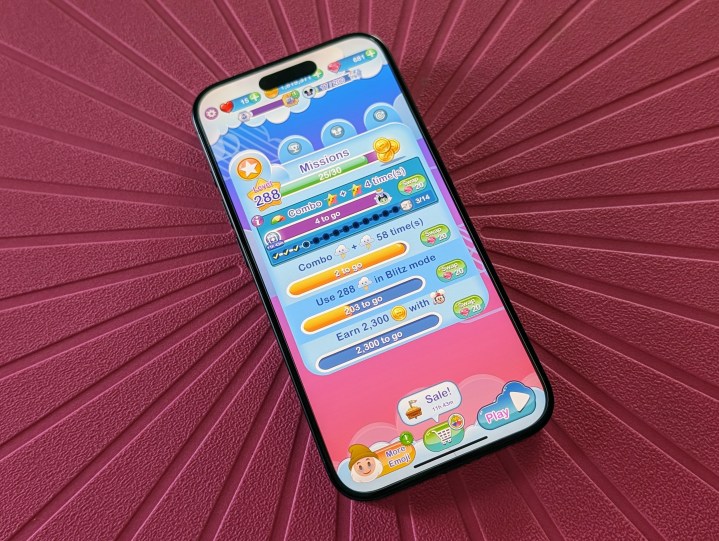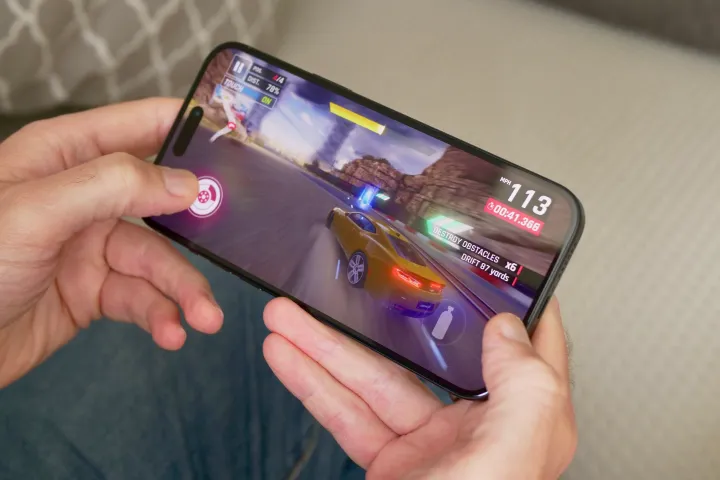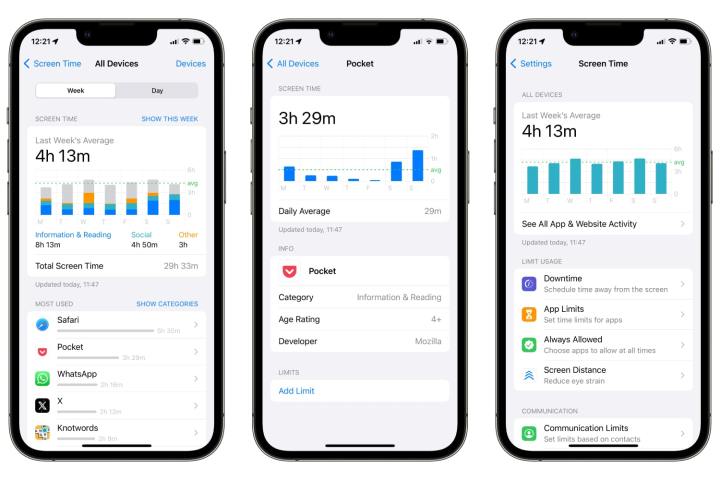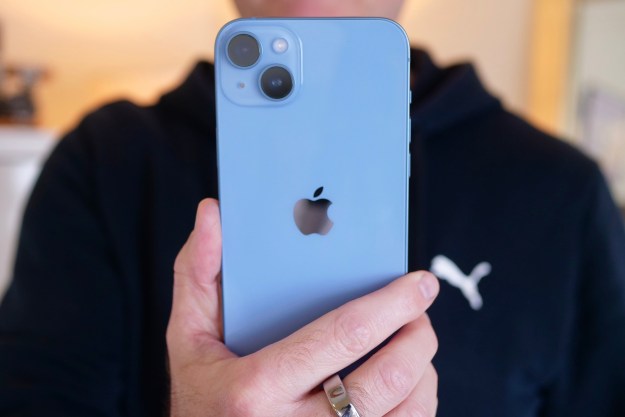I’ve had Apple products for almost as long as I’ve been interested in tech, yet in all that time, I’ve never really put much thought into how I use my devices. But, like many people squinting bleary-eyed and hungover into the dawning of a new year, I’ve realized it’s about time I made some changes.
I’m a real book lover – letting me wander into a bookstore unaccompanied is intensely dangerous for my wallet – yet I’m barely making any progress on my reading backlog because I spend so much time on my iPhone. If I’m ever going to get through the reams of books lining my bookshelves, I’ve got to do things a little differently. And that’s what my 2024 New Year’s tech resolution is all about.
Not a blanket ban

Talk to almost anyone these days, and they’ll tell you they want to spend less time on their electronic devices, especially if that means cutting down on endless social media scrolling. After all, so many of the world’s most popular apps are expressly designed to be addictive and to keep you engaged for as long as possible. It’s why putting your phone down is so hard, even when you hate the apps you’re using.
Yet despite the popular narrative that we should all be reducing the time we spend on our devices, I don’t believe everything about my phone is evil and should be excised from my life. It all comes down to what you use your device for.
For instance, despite my love of physical books, I don’t think there’s anything wrong with reading books or articles on your iPhone. There are a great many articles I find in the Pocket app that I would never have discovered on my own, and they all have the potential to inform and educate. That, I think, is a good thing, and I don’t mind using my iPhone that way.
If, on the other hand, I end up spending my time mindlessly scrolling dog videos on Instagram, that’s a different matter. It might provide me with a momentary endorphin boost, but have I learned or achieved anything? Right now, I’m using this kind of activity to simply fill a vacant space in my day. And that’s what I want to change in 2024.
Purposeful usage

Instead of using my iPhone or opening an app because I have nothing better to do, I want my 2024 tech habits to be more deliberate. I want to ensure I’m always using my devices with a specific goal, whether learning to code, relaxing with one of the best iOS games, or reading a compelling article.
The good news is I’m already doing some of this. I’ve recently started learning iOS’s Swift programming language, while the Screen Time feature on my iPhone shows I spend most of my weekly iPhone usage reading articles in the Pocket app. That’s all good, and I’m happy to keep that going this year — after all, it ensures I’m learning something.
In 2024, I want to swing the pendulum further towards this deliberate use of my devices and away from the impulsive scrolling that so much of social media encourages in us. Luckily, some things can help, but putting them to good use is not without its challenges.
How to change my habits

Accomplishing more measured, purposeful device usage will be easier on my Mac than on my iPhone. After all, my phone is always in my pocket, within reach wherever I am. I can’t say the same about my Mac.
There are tools on my iPhone that can help here, and I need to be more disciplined in using them. Right now, I mostly use Screen Time to see which apps I’m spending the most time in. There’s more to this iOS feature, and it can also block any app I choose for as long as I want, yet I haven’t had the fortitude to follow through and activate its limits.
Perhaps that’s what I need to do this year to keep myself on track. Because while I know I’m not achieving anything meaningful when I watch my 50th funny dog video of the evening, I still end up swiping over to number 51.
With any luck, I’ll finally be able to nix that bad habit for good in 2024. If I can do that, I might finally start to make some progress on my daunting reading backlog.
Editors' Recommendations
- This one Apple Fitness feature completely changed how I exercise
- An Apple insider just revealed how iOS 18’s AI features will work
- This is our best look yet at the iPhone 16’s big design changes
- This could be our first look at iOS 18’s huge redesign
- Everything Apple says is wrong about the DOJ’s iPhone lawsuit




